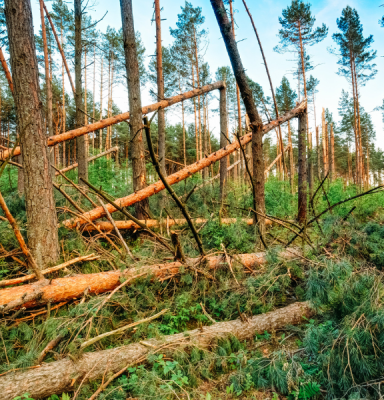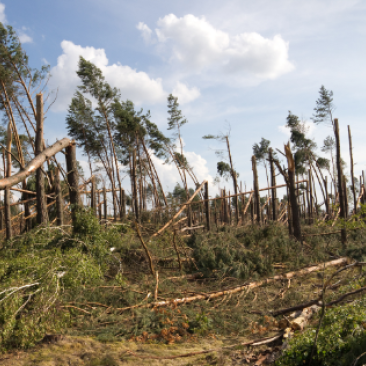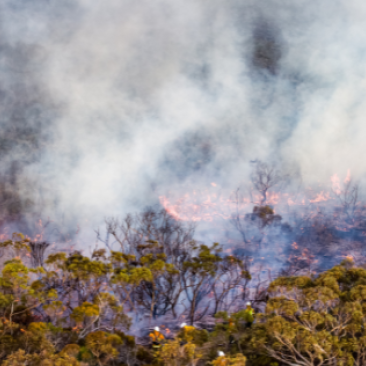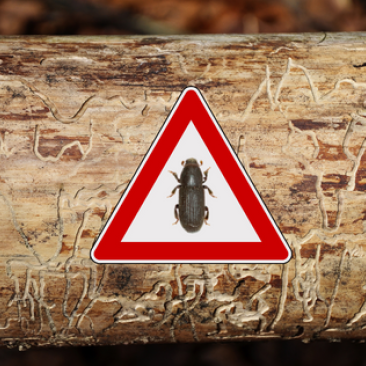
-

Human activities
Human activities that drive forest degradation may include:
- overgrazing
- habitat destruction
- introducing invasive species
- demand for fuel wood and charcoal
- excessive logging
- human-induced fires
- irresponsible use of forests and forest littering
- indirect effects of human activities such as climate change
-

Severe climatic events
Droughts, tropical storms, heat waves, fires, or frost are increasing in severity and frequency because of climate change, resulting in decreases in forest health, resilience, productivity, and composition.
Globally, drought is recognised as the most widespread factor affecting forest functions and tree mortality. Still, in different areas, forests also have to face other severe climatic events, which can be very stressful and even destructive, with a significant reduction of their climate change mitigation capacity and of other ecosystem services.
-

Forest fires
While some forest ecosystems in their natural state depend on forest fires (naturally caused), many forest fires today are caused by human activities and as such they represent an increasing threat especially in dry areas such as the Mediterranean countries.
Forest fires contribute to global greenhouse gas emissions (a negative feedback loop releasing naturally sequestered carbon back into the atmosphere, creating further global warming), increase air pollution and can affect regional air quality. Fires can disturb natural cycles of forests and cause some species to disappear, while helping invasive plants proliferate. In addition, ashes may destroy much of the nutrients and erode the soil, causing flooding and landslides.
-

Pests
Pests may cause damage, decline, and mortality. In recent years threats from pests have intensified in forests, non-native invasive pests posing a particular threat.
Some of the forest pests include:
- Insects
- Foliage Feeding Insects
- Bark Beetles
- Weevils
- Boring Insects
- Chewing Insects
- Sucking Insects
- Gallmakers
- Seed / Cone / Flower / Fruit Insects
- Stinging / Biting / Nuisance Insects
-

Diseases
The term “tree disease” covers a wide range of pathogenic infections, abnormalities, and disturbances of the normal structure and growth of a tree.
Some of the forest diseases include:
- Root/Butt Diseases
- Stem Decays/Cankers
- Foliage Diseases
- Decline Complexes Dieback/Wilts
- Stem Rusts
- Broom Rusts
- Biotic Damage
- Diseases of Insects
- Fungi
-

Forest fragmentation
Forest fragmentation is the breaking of large, contiguous, forested areas into smaller pieces of forest; typically these pieces are separated by roads, agriculture, utility corridors, subdivisions, or other human development.
The effects of fragmentation are well documented in all forested regions of the planet. In general, by reducing forest health and degrading habitat, fragmentation leads to loss of biodiversity, increases in invasive plants, pests, and pathogens, and reduction in water quality. These wide-ranging effects all stem from two basic problems: fragmentation increases isolation between forest communities and it increases so-called edge effects.
